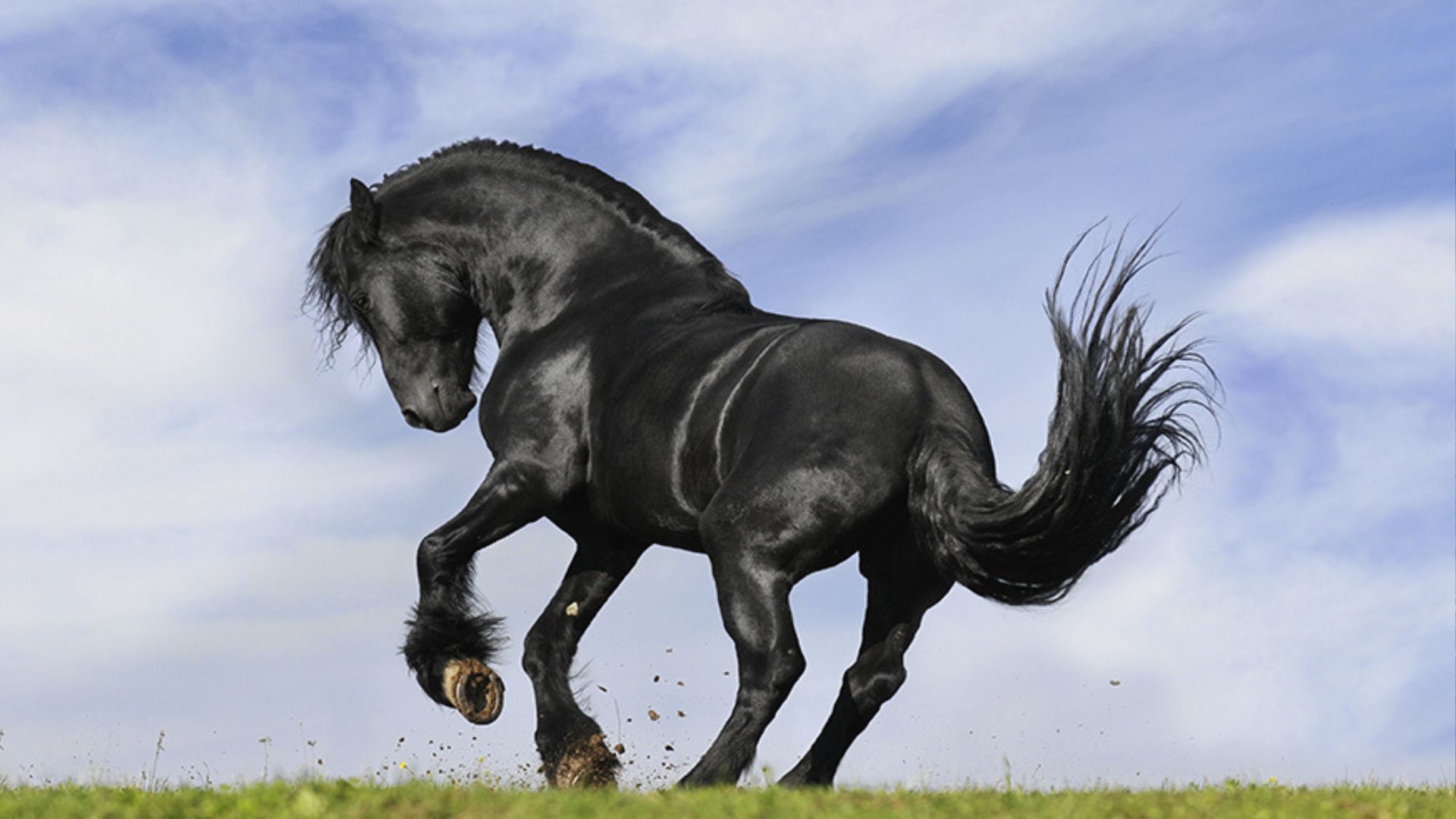
Do we really need ear covers on show jumping horses?
Ear covers, or ear bonnets, are very much like hats that horses wear during show jumping competitions. The reason they wear them goes beyond aesthetics. Have you ever wondered why show jumpers cover their horses' ears?
Ear Covers to reduce sounds at competitions
Showjumpers decide to put ear covers on their horses to distort or muffle sound. This helps horses when there are loud crowds or normal show noises that could spook them or get them distracted and anxious at the jumping course. Also, ear bonnets could be used to cover earplugs inside the horse’s ear to ensure they don’t fall while riding.
When competing at show jumping competitions, especially at the top level competitions such as the LGCT or GCL Grand Prix, there normally are large crowds that gather to watch the riders. All this noise could make horses anxious by the noise, so earplugs and bonnets could be used to help them with the sound.
Also, in indoor arenas, spectators are seated very close to the arena. The sound is amplified and ear bonnets help horses focus and not become distracted easily so horse and rider can perform better during the competition.
Some horses are sound sensitive
Also, ear covers could be used in everyday training if the horse is very sound sensitive. As show jumping horses nowadays are very well-bred horses, horses become more sensitive, making it harder to train them.
The covers could be used to distort noise and keep horses focused. When their hearing is reduced, they are more focused on the rider and the rider’s aids.
More reasons to wear ear covers
Another reason show jumping horses wear ear bonnets is to keep flies and bugs away from their ears. Bugs can distract horses as they could bother them when the horse is jumping. Similarly, riders could decide to use ear covers on horses when practicing on the field.
Moreover, horses that compete at international competitions are transported very often to different locations. To keep them as relaxed as possible, earplugs and bonnets limit the noise inside a horse-box or truck. This helps keep the transport of horses as calmed and relaxed as possible.
Lastly, fashion takes a toll on equestrian sports. Sponsor brands could request riders to wear ear covers with their branding and colors or riders might want to match the ear bonnets with their wardrobe and saddle pads. Ear covers come in all styles, colors and designs, and their price ranges depending on the brand.
Using earplugs and stuffing properly
Before, it was common to stuff a horse’s ear with cotton wool and then cover the ear with a bonnet. The bonnet was made from a fabric that went over the ear and that came down the horse’s face under the bridle.
However, even if using cotton wool is effective, its removal could be difficult when damp. Also it could leave remains in the ear, so you have to be careful not to obstruct your horse’s ear. Earplugs now on the market are made from different types. The ones made from memory foam are the best at distorting sounds and blocking out the sound.
Nonetheless, some riders do not like using stuffing or plugs and prefer sound blocking bonnets. These are less effective, but have improved greatly over the past years. As some horses might not like earplugs or feeling something stuffed down their ears, sound blocking bonnets are an effective solution.
Rules for ear covers
Most equestrian disciplines allow the use of ear bonnets and covers that have been padded. However, earplugs are not allowed in all competitions. While show jumping events mostly allow earplugs, other equestrian events do not allow its use.
This includes dressage, endurance and eventing. Dressage horses cannot wear earplugs during the competition, and the use of plugs is only used at the prize-giving ceremony. As they have to perform to the rhythm of music, they cannot cover their ears with plugs.












_v2.svg)
_v2.svg)









_v2.svg)


